-
 © James Mann/Classic & Sports Car
© James Mann/Classic & Sports Car -
 © Public domain
© Public domain -
 © Will Williams/Classic & Sports Car
© Will Williams/Classic & Sports Car -
 © RM Sotheby’s
© RM Sotheby’s -
 © Tony Baker/Classic & Sports Car
© Tony Baker/Classic & Sports Car -
 © Luc Lacey/Classic & Sports Car
© Luc Lacey/Classic & Sports Car -
 © Stellantis
© Stellantis -
 © Stellantis
© Stellantis -
 © Tony Baker/Classic & Sports Car
© Tony Baker/Classic & Sports Car -
 © Renault
© Renault -
 © Stellantis
© Stellantis -
 © Tony Baker/Classic & Sports Car
© Tony Baker/Classic & Sports Car -
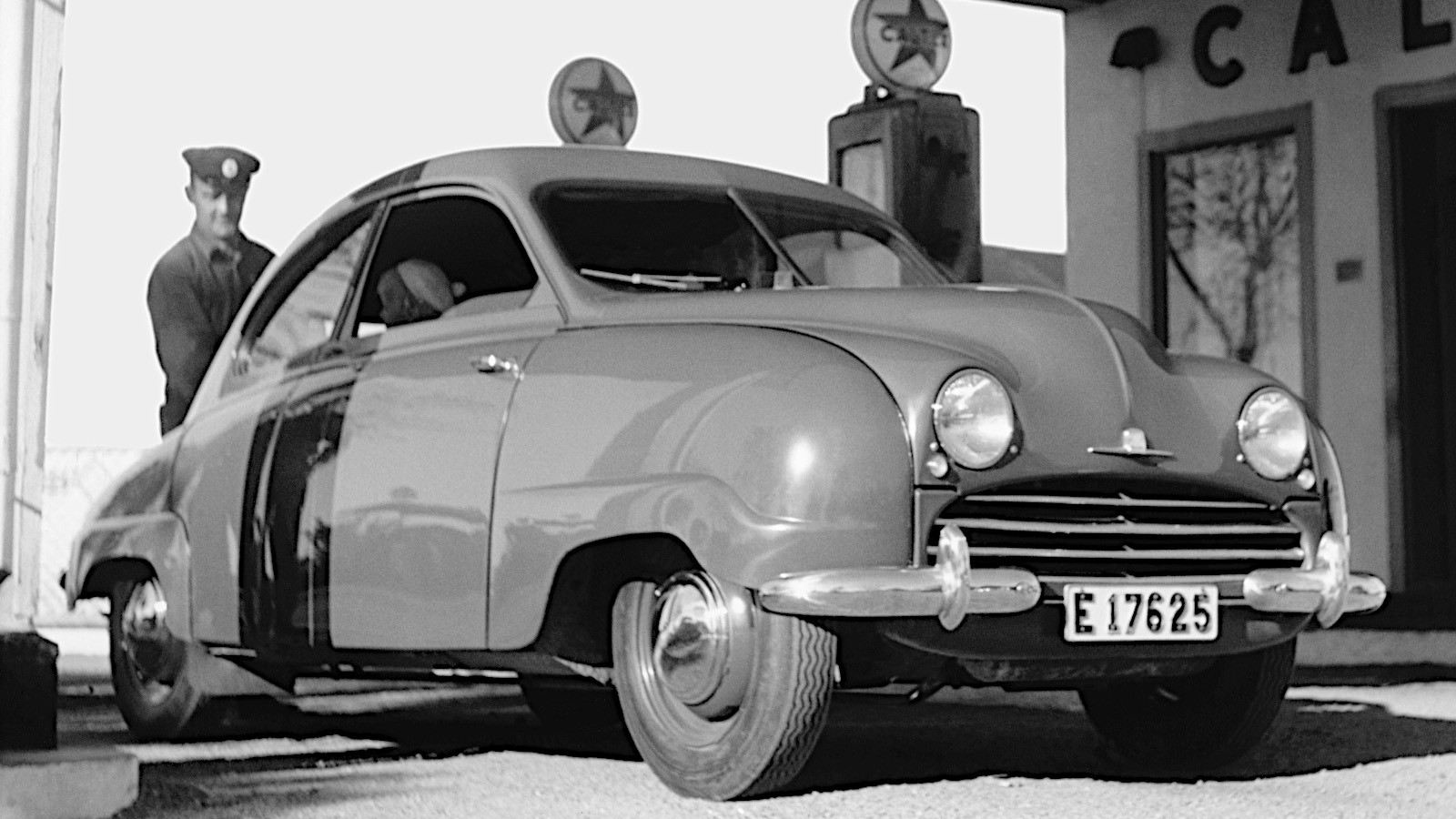 © Saab
© Saab -
 © James Mann/Classic & Sports Car
© James Mann/Classic & Sports Car -
 © RM Auctions
© RM Auctions -
 © Seat
© Seat -
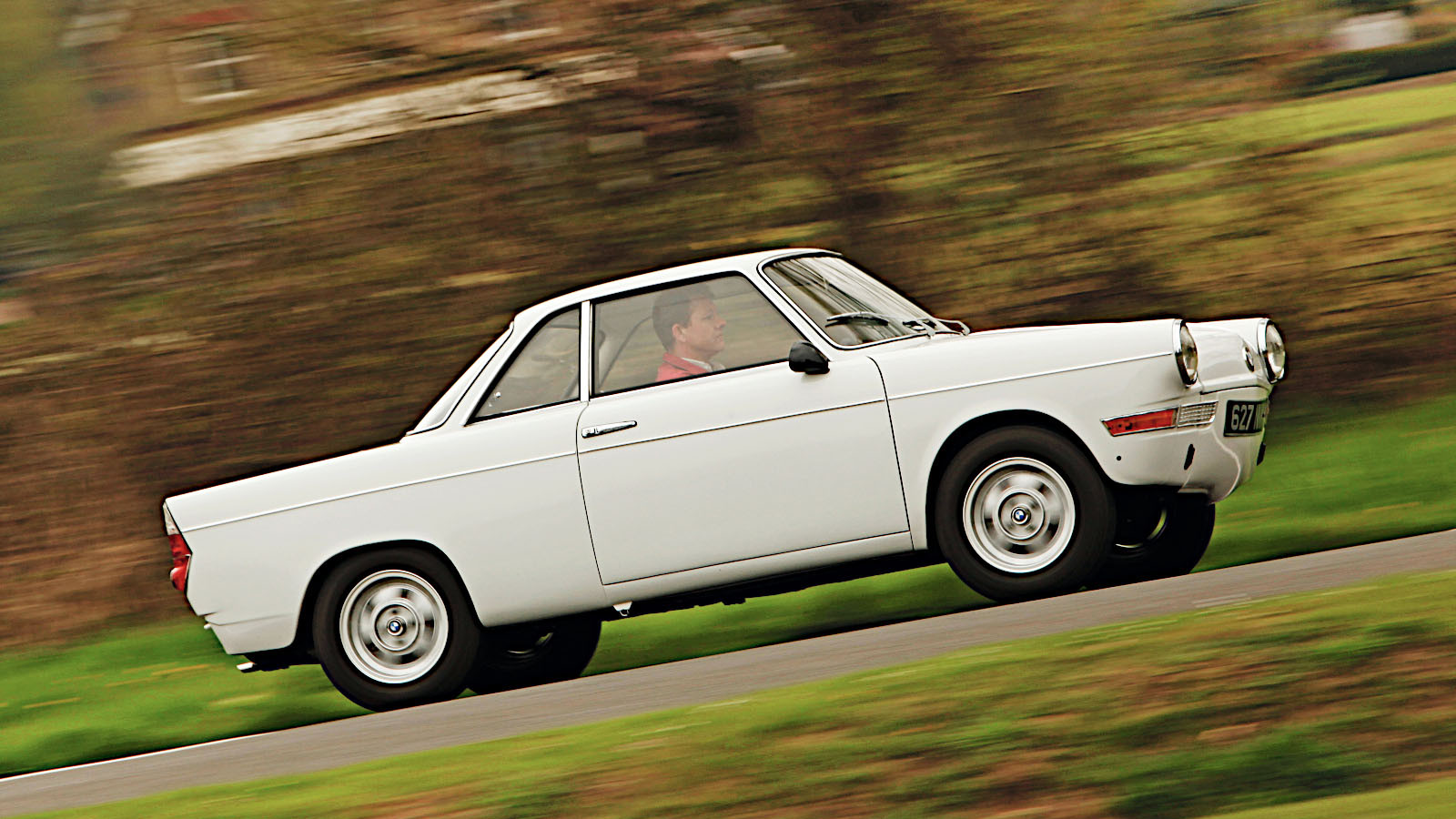 © Tony Baker/Classic & Sports Car
© Tony Baker/Classic & Sports Car -
 © Dutch National Archives/Public domain
© Dutch National Archives/Public domain -
 © Classic & Sports Car
© Classic & Sports Car -
 © BMW
© BMW -
 © Renault
© Renault -
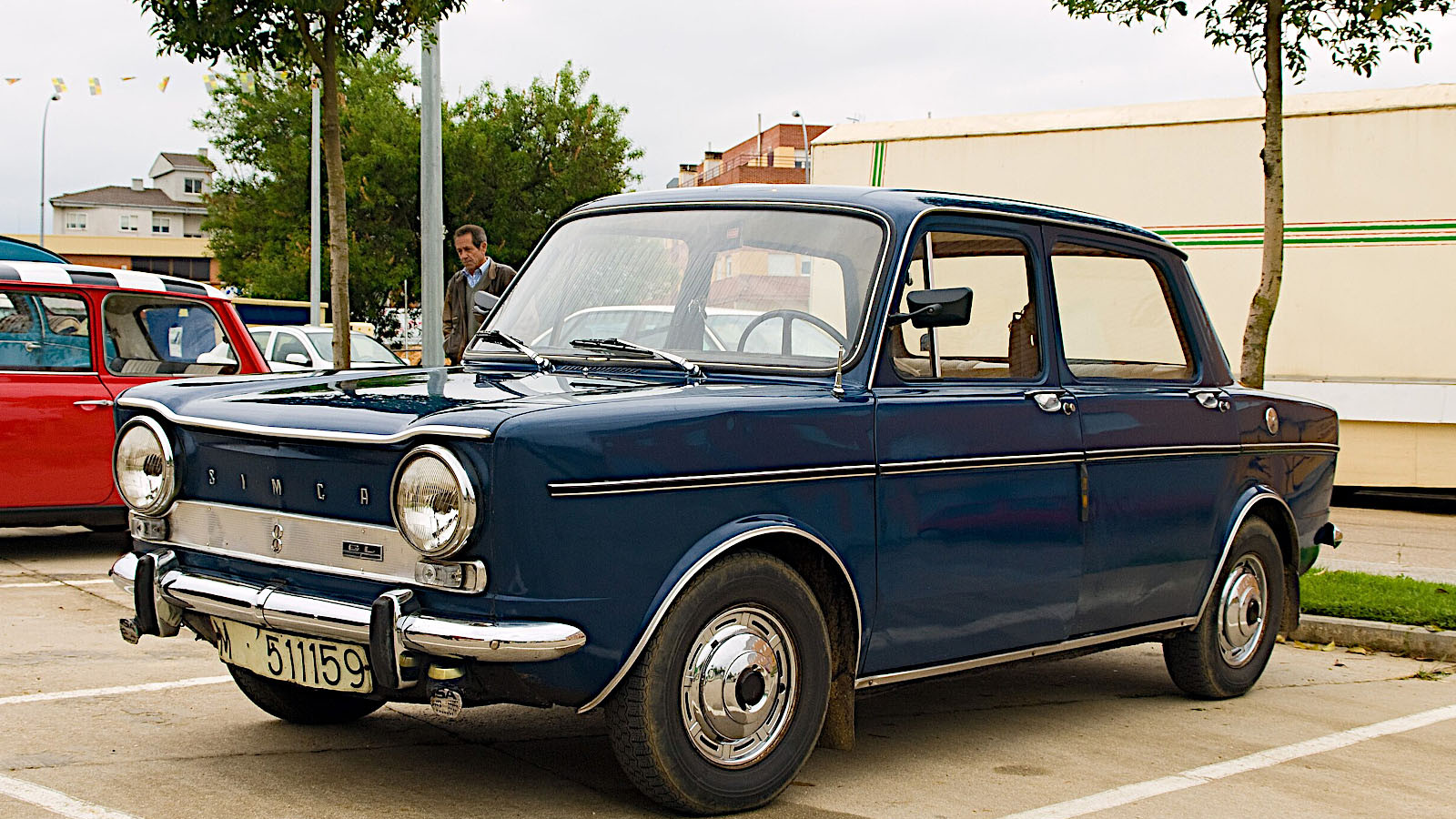 © Antramir/Creative Commons licence https://creativecommons.org/licenses/by-sa/3.0/legalcode.en
© Antramir/Creative Commons licence https://creativecommons.org/licenses/by-sa/3.0/legalcode.en -
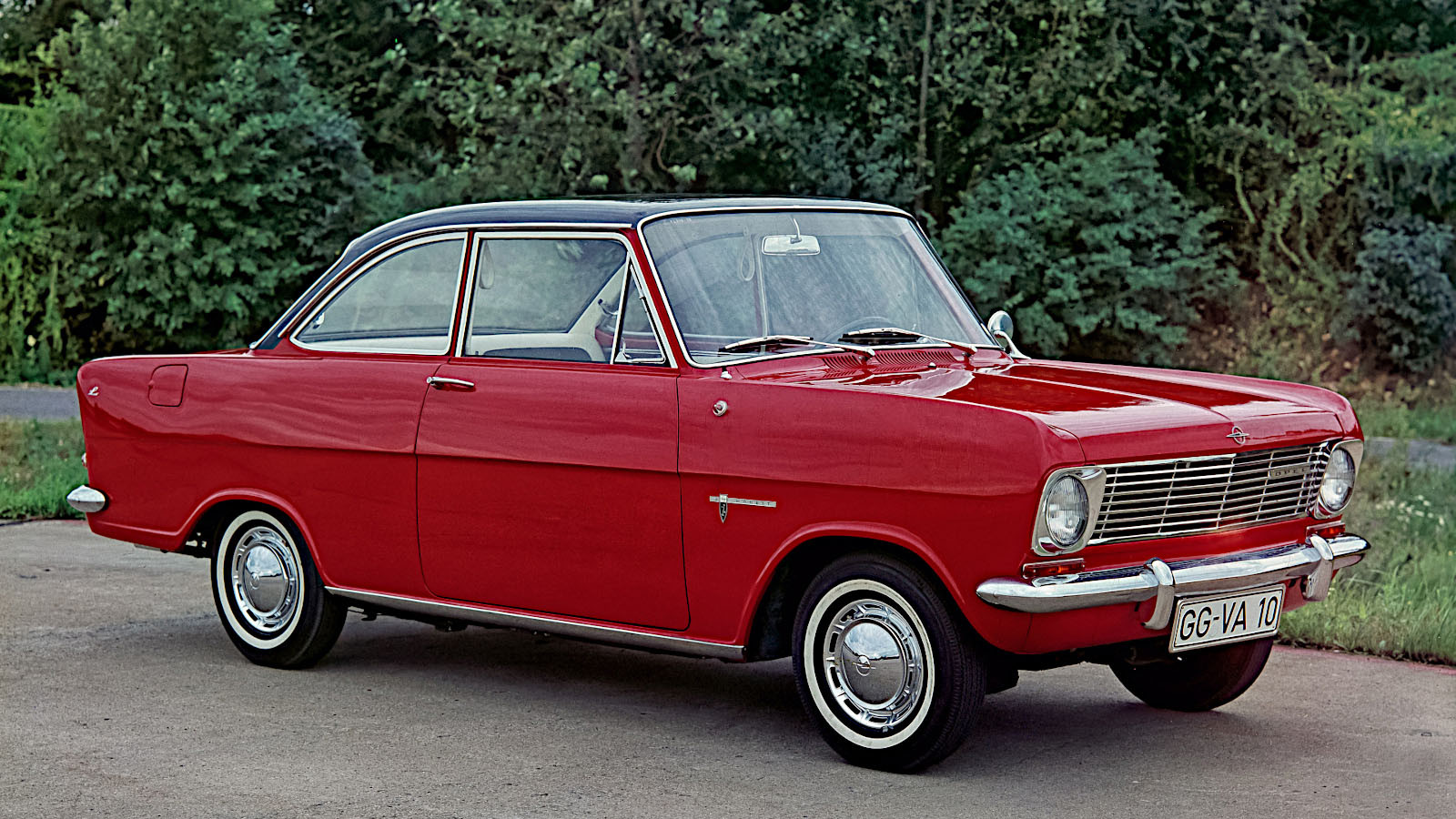 © Stellantis
© Stellantis -
 © Tony Baker/Classic & Sports Car
© Tony Baker/Classic & Sports Car -
 © Max Edleston/Classic & Sports Car
© Max Edleston/Classic & Sports Car -
 © Tony Baker/Classic & Sports Car
© Tony Baker/Classic & Sports Car -
 © Olgun Kordal/Classic & Sports Car
© Olgun Kordal/Classic & Sports Car -
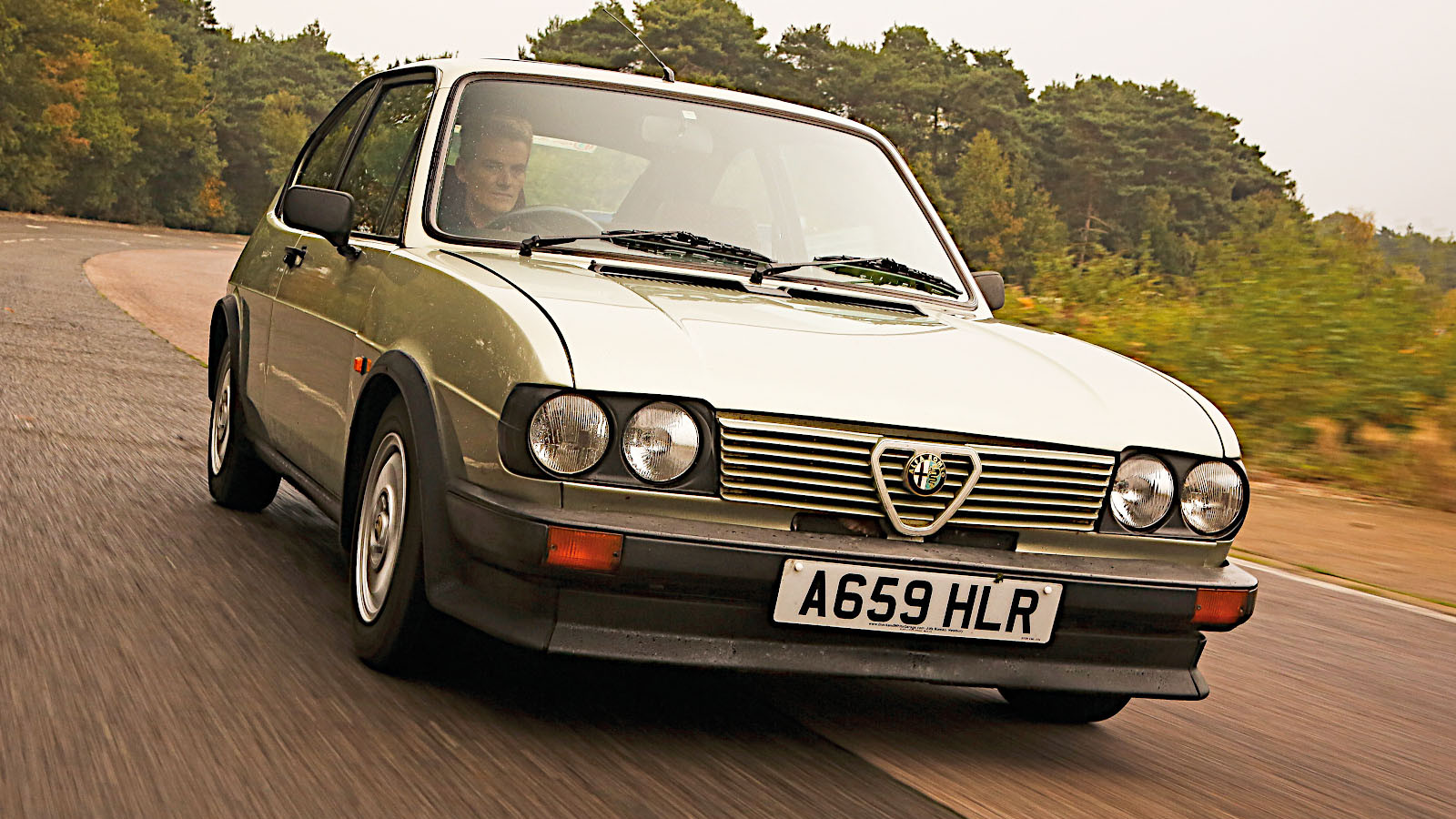 © Classic & Sports Car
© Classic & Sports Car -
 © Tony Baker/Classic & Sports Car
© Tony Baker/Classic & Sports Car -
 © Tony Baker/Classic & Sports Car
© Tony Baker/Classic & Sports Car -
 © Volvo
© Volvo -
 © Ford
© Ford
-
Small but mighty
It would be a stretch to claim that Europe is the home of the small car, but the continent has produced a great many significant models of that type.
Even restricting ourselves to those which went on sale before 1980, we have found no difficulty in listing 31 examples, presented here in chronological order. The problem has been deciding which ones to leave out.
We have, however, made things slightly easier for ourselves by omitting cyclecars and microcars – and, of course, kei cars, which were Japanese rather than European.
-
1. 1922 Citroën Type C
Starting with the original Type A of 1919, all early Citroëns were small, but even by those standards the Type C, introduced three years later, was exceptional.
It was roughly as wide as the Type A, but a bit lower and a lot shorter, and its 856cc engine had the smallest capacity of any the company had produced up to that point.
Contemporary advertising insisted that the Type C was ‘not a cyclecar, but a real automobile with reduced dimensions’, implying a haughty sniff in the general direction of rival Peugeot’s Quadrilette.
The appeal of very cheap motoring was so great in France that Citroën found it worthwhile to build 80,232 Type Cs in just four years, a remarkable rate of production for any European car of the era.
-
2. 1923 Austin Seven
The Austin Seven was almost as significant in the UK as the Ford Model T had been on the other side of the Atlantic.
Much smaller than the Ford, it was nevertheless still a ‘real’ car, and was largely responsible for the decline of the cyclecar industry in its home country.
With power outputs ranging from 10HP to 25HP, it was no quicker than it needed to be, yet its little engine was very tunable, which led to great success in competition.
Difficult though this might be to believe, the Seven also played a very important role in the early histories of three very un-Austin-like marques: BMW, Lotus and McLaren.
-
3. 1931 DKW F1
Already a phenomenally successful motorcycle manufacturer, DKW entered the car industry in 1928.
Its first model was powered, as all future DKWs would be, by a two-stroke engine, but it wasn’t until 1931 that the company adopted its other distinguishing characteristic: front-wheel drive.
The F1 was the first DKW to feature both, and its success can be judged from the fact that within a year of its launch the company had become the cornerstone of the Auto Union, having bought Audi, Horch and Wanderer.
The situation became complicated after the Second World War, but it is nevertheless true to say that the F1 is a predecessor of all modern Audis.
-
4. 1932 Ford Model Y
Although it was developed in the US, the Model Y (known in France as the 6CV and in Germany as the Köln) was the first Ford designed specifically for European markets.
It was launched at a time when Ford’s British operation was in serious danger of economic collapse, and fortunately proved to be a huge success, at one point accounting for nearly half of all UK sales in the 8HP class.
It became even-more appealing in 1935 when the price was reduced to just £100, the lowest figure ever for a four-door sedan sold in the UK.
-
5. 1936 Fiat 500 Topolino
The Topolino (Italian for ‘little mouse’) was the first in a very long list of cars bearing the Fiat 500 nameplate.
Its engine was minuscule, at just 569cc, but it was a water-cooled four-cylinder connected to a four-speed, all-synchromesh gearbox, and the brake system was hydraulic.
Despite this rather advanced specification for the mid 1930s, the Topolino was competitively priced, and therefore within reach of all but the poorest Italian motorists.
Available as a sedan, a station wagon (known first as the Giardiniera and later as the Belvedere) and a van, it remained in production until 1955, with a major styling update, as shown here, in 1949.
-
6. 1937 Vauxhall 10-4
From well before the First World War until the early 1960s, Vauxhall ignored the small-car market sector almost completely.
When it did briefly dip its toe in, the result was a masterpiece – the 10-4 made all other British cars in the 10HP class look obsolete, thanks to its unibody construction, its hydraulic brakes, its torsion-bar front suspension and synchromesh on two of its three forward gears.
In addition to all that, it was priced very keenly, plus it was so economical that its claimed 40mpg, initially greeted with disbelief, soon proved to be easily achievable, even in hard driving.
It should be remembered as one of the greatest Vauxhalls, but its career was cut short by the second global conflict, and when it returned in peacetime it was both less powerful and far more expensive than before.
-
7. 1938 Peugeot 202
The smallest Peugeot introduced in the 1930s looked very much like a scaled-down version of the larger and slightly earlier 402, which in turn bore a close resemblance, at least in profile, to the influentially aerodynamic Chrysler Airflow.
The Peugeots also shared a front-end design feature not copied by any major manufacturer, namely headlights mounted close to each other behind the radiator grille.
Popularity was assured by a wide range of available body styles, and improvements were made after the Second World War, though by then Peugeot was already working on the more modern and far more successful 203.
-
8. 1938 Volkswagen Type 1
The car best known as the Bug or Beetle did not become popular until the 1950s, but it was first sold as long ago as 1938, and changed only in detail from then until production finally ended in the early 21st century.
To optimize cabin space, both the engine and the gearbox were behind the passengers, an unusual feature for the 1930s, but one which later became common in Europe and remained central to Volkswagen policy until the introduction of the K70 (which had in fact been developed not by VW itself but by NSU).
Even now, the VW Beetle is still one of the most popular cars of any size in motoring history, being the first, and for a very long time the only, model to exceed the production total of the Ford Model T.
-
9. 1947 Renault 4CV
Once a manufacturer of luxury and high-performance cars, Renault was obliged – both by nationalization and by the post-war austerity which founder Louis Renault had foreseen – to produce something small and economical.
With the 4CV, Renault followed Volkswagen’s lead by putting the drivetrain in the back, as other major European auto makers would do in the coming decades.
While the original prototype of 1942 had just two doors and looked suspiciously like the VW, the model which went into production five years later had four doors and a more elegant, US-influenced appearance.
A little more than 1.1 million were built before production ended in July 1961, by which time Renault had already brought out the Dauphine and its sporty Caravelle derivative, both of which used the same layout and more or less the same running gear as the earlier car.
-
10. 1948 Citroën 2CV
Like the Volkswagen, the 2CV was developed in the 1930s, but it was ready just too late to be put on sale before war descended on Europe.
Already familiar with front-wheel drive after adopting it for the Traction Avant in 1934, Citroën used it again here, along with extraordinarily supple suspension and an effectively unburstable flat-twin engine.
As well as being successful in its own right, the 2CV gave rise to several derivatives, including the Dyane, the Ami, the British-built Bijou and the Méhari.
It outlived them all, however, remaining in production until 1990.
-
11. 1948 Morris Minor
The Minor looked very similar to the Morris Oxford introduced in the same year, except that its headlights were mounted lower down.
The resemblance increased in 1952 when the lights were raised, though a more significant change was the abandonment of the original sidevalve engine.
In that year, Morris was merged with its former rival Austin to form the British Motor Corporation, and therefore had access to Austin’s far more modern A-series engine.
With capacities varying from 803cc to 1098cc, the A-series powered all Minors – sedans, Traveller wagons and vans – from then until the model was discontinued, after an impressively long run, in 1971.
-
12. 1949 Saab 92
The Saab 92 was a remarkably aerodynamic car for the late 1940s, though this might have been expected since it was produced by a company which until then had only ever designed and built aircraft.
Front-wheel drive was still relatively new, whereas the twin-cylinder, two-stroke engine must have seemed anachronistic.
Despite that, the 92 was a very capable little road car, and soon became successful in rallying.
Production ended in the 1950s, and Saab abandoned two-strokes in the following decade, but the spirit of the car lived on until 1980, when the 96 – clearly descended from the 92 – was discontinued.
-
13. 1952 Austin A30/A35
One of the Austin A30’s claims to fame is that it was the first car designed from scratch to be fitted with what has become known as the BMC A-series engine, though it was in fact designed solely by Austin.
Early on, it was marketed as the new Seven, and although it didn’t dominate the British market post-war as the original Seven had done pre-war, it was still a successful car.
Strictly speaking, it was replaced in 1956, but the A35 which followed it (pictured) was really just a mildly reworked A30, with a larger and more powerful version of the A-series motor, among other improvements.
In sedan form, the A35 was itself replaced by the significantly different A40 in 1959, but station wagon and other versions remained in production into the 1960s.
-
14. 1957 Fiat Nuova 500
The late 1950s and early 1960s were very significant years for small European cars, with many impressive new models arriving on the market.
Fiat’s 500 of 1957 was known as the Nuova (or ‘new’) to distinguish it from the Topolino, but even without that help it was immediately clear that they were completely different.
Where the Topolino had a water-cooled, four-cylinder engine up front, the Nuova had an air-cooled twin at the other end, which might have been seen as a backward step.
Despite that, this 500 stayed around until 1975, perhaps because, despite being very old-fashioned by then, it was one of the most charming small cars ever produced by anyone.
-
15. 1957 Seat 600
As the Fiat 600, this car was in fact introduced in 1955, but we’re looking at the version built under license by Seat in Spain for a very good reason.
Cheap enough to be affordable to most Spaniards, it boosted the local automotive industry enormously, and has been credited as an important contributor to the post-war Spanish ‘economic miracle’.
Other small cars have been very successful, of course, but there’s a case for saying that none was as helpful to the country it was built in as the Seat 600.
-
16. 1959 BMW 700
Unlike the Seat mentioned previously, the 700 didn’t do much for its home country, but it almost certainly saved BMW.
The Bavarian company had spent most of the 1950s building cars which either sold poorly or, in the case of the Isetta bubble car, sold well but didn’t make much profit.
The fact that BMW still exists can be explained almost entirely by its production of a type of car the brand is not associated with even slightly today – a tiny coupe, convertible or wagon with a rear-mounted, 697cc, flat-twin engine.
In its first year, the 700 occupied slightly more than half of BMW’s total production, and nearly 190,000 were built before the company moved away from this sector of the market in 1965.
-
17. 1959 Daf 600
Daf’s first passenger car was wildly unusual in two respects.
First, it was Dutch (The Netherlands not being one of Europe’s major car-producing nations).
Second, it had a continuously variable transmission known as Variomatic, which left drivers with nothing to choose other than whether to go forwards or backwards.
The engine was a 590cc, air-cooled flat-twin, a type which Daf persevered with in its cars for nearly a decade before switching to more conventional units supplied by Renault.
Variomatic, however, remained a Daf feature until the company abandoned the motor industry to concentrate entirely on building trucks.
-
18. 1959 Ford Anglia
The fourth, last and today most famous generation of Ford Anglia is one of the very few mass-market cars ever produced with a reverse-angled rear window.
It also featured the earliest, non-crossflow version of what is now known as the Kent engine, available initially in 1-liter form and later with a capacity of 1.2 liters.
In 1968, the Anglia was replaced as Ford’s smallest European car by the Escort, and might have faded from the public consciousness if it hadn’t become famous three decades later through its association with the fictional character Harry Potter.
-
19. 1959 Mini
Its low price and running costs, celebrity associations and enormously controversial disqualification from the Rallye Monte-Carlo combined to make the Mini one of the most famous of all small European cars.
There were wagon versions, vans, pick-ups and three-box sedans, but the original shape was the only one still being used when production finally ended in 2000.
Shortly before that happened, in December 1999, the Mini was announced as having been placed second in the Car of the Century award, beaten only by the Ford Model T.
-
20. 1961 Renault 4
Renault had adopted a rear-engined layout for its small cars when the 4CV was introduced – and would still be using it well into the 1970s.
The policy wasn’t absolute, however, as became apparent when Renault used front-wheel drive during this period for the 4, the first time it had ever done such a thing in a passenger car.
The new model was immensely popular right from the start, and its 2CV-like simplicity remained appealing for so long that Renault was able to continue producing it into the 1990s.
-
21. 1961 Simca 1000
Comprehensively ignoring Renault’s policy of the same year, Simca used the rear-engined layout for the first and only time in its history with the little 1000.
The new model was named after the approximate capacity of its engine – the then-new and eventually long-lived Poissy unit – though even in the 1000 this ranged in size from 777cc to 1294cc, and it would be larger still in other applications.
The regular sedan had a good innings, remaining in production until 1978, and buyers with exotic tastes could opt for the high-performance Rallye versions or the beautiful Bertone-bodied Coupes.
-
22. 1962 Opel Kadett
Opel’s small sedan of the early 1960s was referred to as the Kadett A, suggesting the start of a series, though in fact there had also been pre-war Kadetts.
The new model was based on a General Motors platform codenamed XP-714, and its rear wheels were driven by a four-cylinder engine which measured just 699cc in its original form, but had been expanded to 993cc by the time the car went on sale.
More than half a million were built in a remarkably short period of time – production ended in the summer of 1965, when Opel introduced the larger Kadett B.
-
23. 1963 Hillman Imp
Staid, conventional Hillman producing a car like the Imp six decades ago was roughly equivalent to Dacia creating a McLaren rival today.
It was Hillman’s only rear-engined car, and what an engine that was – a high-revving, all-aluminum slant-four marvel capable of enormous power outputs for its size, and absolutely reliable unless it was allowed to overheat, at which point things rapidly went south.
Its main problem was that the creation of every Imp involved work being done at two factories (Linwood and Ryton) located more than 300 miles from each other.
Production was therefore both complicated and expensive, almost eliminating the Imp’s chances of being significantly profitable and perhaps leading to the demise of Hillman’s owner, the Rootes group, which became part of the wildly unsuccessful Chrysler Europe organization.
-
24. 1963 Vauxhall Viva
The Vauxhall Viva was based on the same XP-714 platform as the slightly earlier Opel Kadett, but this was not a case – as it would be later – of Vauxhall doing little more than putting its own branding on a German car.
GM’s British arm, as it then was, actually intended it to be far more radical than its continental counterpart, and planned a transverse engine and front-wheel drive before deciding to play it safe, mounting the engine lengthwise and sending drive to the rear.
That engine was essentially the one used in the Kadett, but Vauxhall enlarged it from the original 993cc to 1057cc, in which form it produced less power overall, but more at the revs used in everyday driving.
Like the Kadett, the Viva was replaced after less than three years in sedan form, but the van version survived into the 1980s.
-
25. 1969 Autobianchi A112
Partly owned by Fiat, Autobianchi was sometimes used to try out features which Fiat itself would use later, such as front-wheel drive and a transverse engine in the case of the 1964 Primula.
The Autobianchi A112 introduced five years later had that layout, too, though it was no longer as surprising as it had once been.
Far more noteworthy was the fact that the A112 was a three-door hatchback, an usual body style at the time, and impossible to achieve with any of the small, rear-engined cars still widely available in the late 1960s.
Sometimes badged as a Lancia, the A112 remained on the market for an impressive 17 years, being discontinued in 1986.
-
26. 1969 Fiat 128
Related to the Autobianchi A112, the Fiat 128 was slightly less radical in just one sense.
There were sedan, wagon and coupe body styles, and the running gear was also used in the mid-engined X1/9, but Fiat steered clear of offering the 128 as a hatchback.
This did not trouble the Car of the Year jurors, who in 1970 gave the 128 an unprecedented 235 votes to the second-placed Autobianchi’s 96.
Of the two, the Fiat had the slightly shorter production life, since it was replaced in 1985, but today it is far more better known than the A112, largely because it was more widely available.
In the mid 1970s, for example, it was the Italian car imported in the greatest numbers to the US, where Autobianchi had no presence.
-
27. 1971 Alfa Romeo Alfasud
Similar in size to the 1950s Giulietta, the Alfasud was Alfa Romeo’s smallest car when it was introduced, and over a production life of 18 years it was available as a sedan, a hatchback, a coupe and a station wagon.
It was built in a new factory in Naples, in the south (‘sud’) of Italy, and developed an unfortunate reputation for becoming very rusty, very quickly.
It also acquired a better one for its excellent handling, which can be attributed at least partly to the low center of gravity of its flat-four engine.
-
28. 1972 Renault 5
In some ways, the Renault 5 was quite conventional, with very familiar engines (in some cases dating back to 1947) mounted longitudinally rather than transversely.
On the other hand, it was Renault’s first small (as opposed to the larger 16) hatchback, with unibody (as opposed to the body-on-frame 4) construction, an arrangement which was still interestingly modern in 1972.
Helped by attractive styling and a well-judged advertising campaign, the 5 became a big hit straight away, prompting Renault to make the very different second-generation car launched in 1984 look as much like the original as possible.
A change in Renault’s naming policy led to that car’s replacement being called Clio, but the 5 badge was brought back in 2024 for an all-electric vehicle.
-
29. 1975 Volkswagen Polo
Volkswagen’s first supermini was almost exactly the same car as the Audi 50 launched in 1974.
The 50 isn’t remembered by many people nowadays, because Audi left the market sector after just four years and didn’t return to it until the introduction of the A2 in 1999.
The original VW Polo, in contrast, not only survived far longer, but established a series which has lasted for nearly half a century.
At 3.5 meters, it remains the shortest car Volkswagen has ever produced, just as the 50 is still the shortest Audi.
-
30. 1975 Volvo 66
Continuing the theme of length (or lack of it), the 66 is the shortest car Volvo has ever sold to the public.
This is despite the fact that it was longer than the Daf 66 it had originally been, due to safety-conscious Volvo’s insistence on fitting larger front and rear bumpers.
Otherwise, the little Volvo was essentially identical to the Dutch Daf, with its Renault engine and Variomatic CVT transmission, the latter subsequently being used in the Volvo 300 series.
The name change and the slight design revision were because of Volvo’s purchase of Daf, a brand which since then has been devoted entirely to commercial vehicles.
-
31. 1976 Ford Fiesta
The Ford Fiesta was a late arrival in what we would now call the supermini sector, which was already populated by the Fiat 127, Renault 5 and VW Polo, among others.
It was known as the Bobcat during its development, and came very close to going into production as the Bravo, a name later used by Fiat.
‘Fiesta’, the personal favorite of Henry Ford II, was owned by General Motors, which had used it for a wagon derivative of the Oldsmobile 88, but fears that GM wouldn’t allow it to be used by its greatest rival proved to be unfounded.
In the 21st century, descendants of the original Fiesta were the most popular cars in the UK in terms of registrations from 2009 until 2020.
We hope you enjoyed this gallery. Please click the ‘Follow’ button above for more super stories from Classic & Sports Car.
